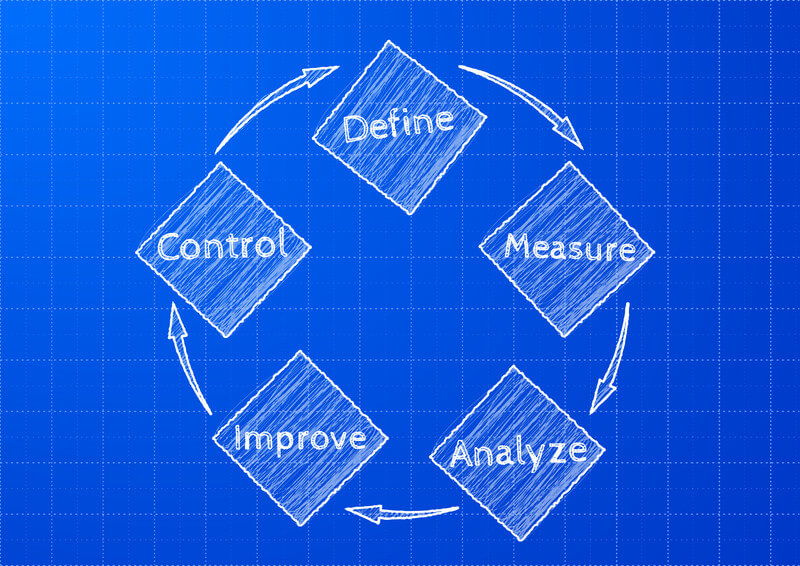Last month, I discussed internal business problems and identifying, or defining it as the first step in making a critical change. Creating a roadmap through using the DMAIC methodology is an easy to follow template that many businesses and organizations use in getting started.

What is the DMAIC methodology? It stands for:
- Define
- Measure
- Analyze
- Improve
- Control
It is a data-driven technique and provides a basic template for problem-solving and quality improvement across many major companies. The first aspect of this phase, Define, identifies what is essential and helps focus on the specific issue at hand.
Why is the Define step important?
This critical step sets the stage for the business improvement project at hand and is basically the planning stage of DMAIC. In the Define step, the state of the problem is outlined in extensive detail. The issue or “Y” needs to be well-defined in concrete terms with a clear working description. To do this, many organizations use project charters, which are high-level process maps that focus on the needs of the customer.
Focusing on the problem will narrow down a few things:
- How severe is the issue?
- What measures will impact what the customer experiences?
Besides the problem, in this Define phase, you are going to be defining a few other things:
- Customer: This is super important. You need to define the customer, what their critical issues and requirements are, and what they expect. You also need to delineate whether you’re addressing internal customers, such as management or various departments, or external customers, the end users of your product or service.
- Organizational Support: A process champion or leader needs to be designated, who is in charge of running and executing the business improvement project.
- Process: This can be outlined through a high-level process map or a value stream map, which provides an overview of the process, including a timeline. You can also use a workflow diagram, which is a simple visual outline that uses standardized symbols to represent the steps needed to complete the process.
- Resources: What resources are available for the project team to use? This can include tools, budget, or staff available to work on fixing the problem.
- Goal: You can create a Goal Statement, which will identify what the goal is and what the measure of success is. An example goal statement could be “to decrease the number of defective widgets by 25% in three months.” This statement includes a definite measurable term.
What is the objective of the Define phase? Mainly it is to identify and/or validate the improvement opportunity. It should also develop the business processes, define critical customer requirements, and prepare those in charge of the business improvement project to be an effective team.
This step should also clarify who is impacted by this problem — and that’s not just limited to the customers. What other processes or business units are impacted?
If you’ve done your due diligence and created a thorough and thoughtful Define phase, it should describe what a positive, successful outcome looks like, and set you up for the next phase of DMAIC — Measure.
See discussions on LinkedIn
